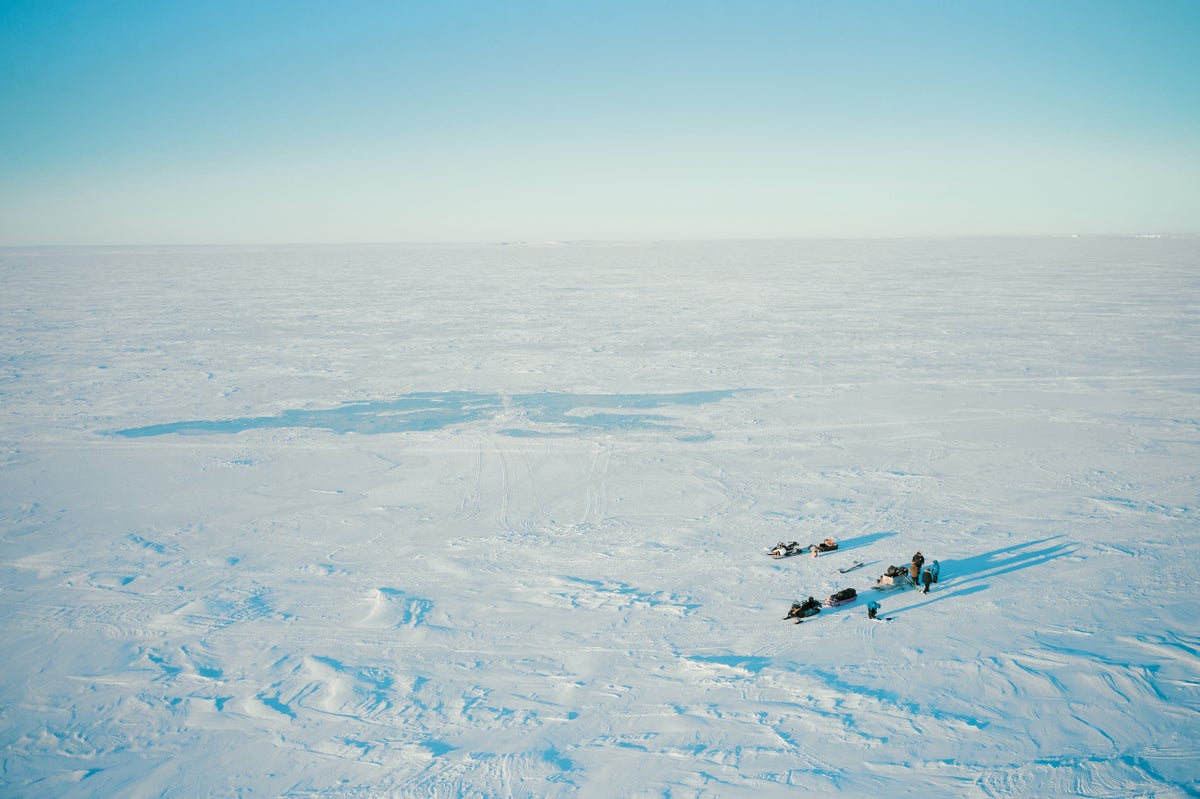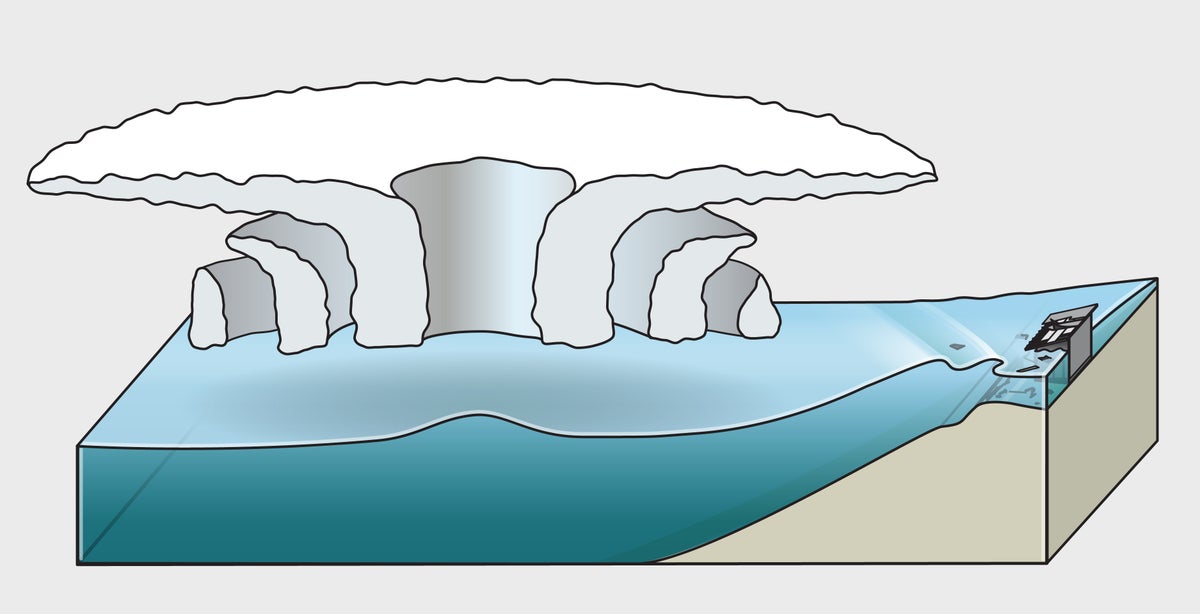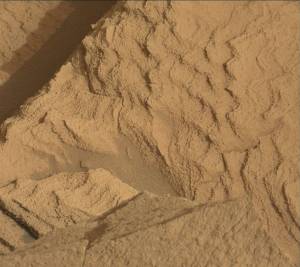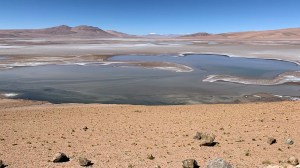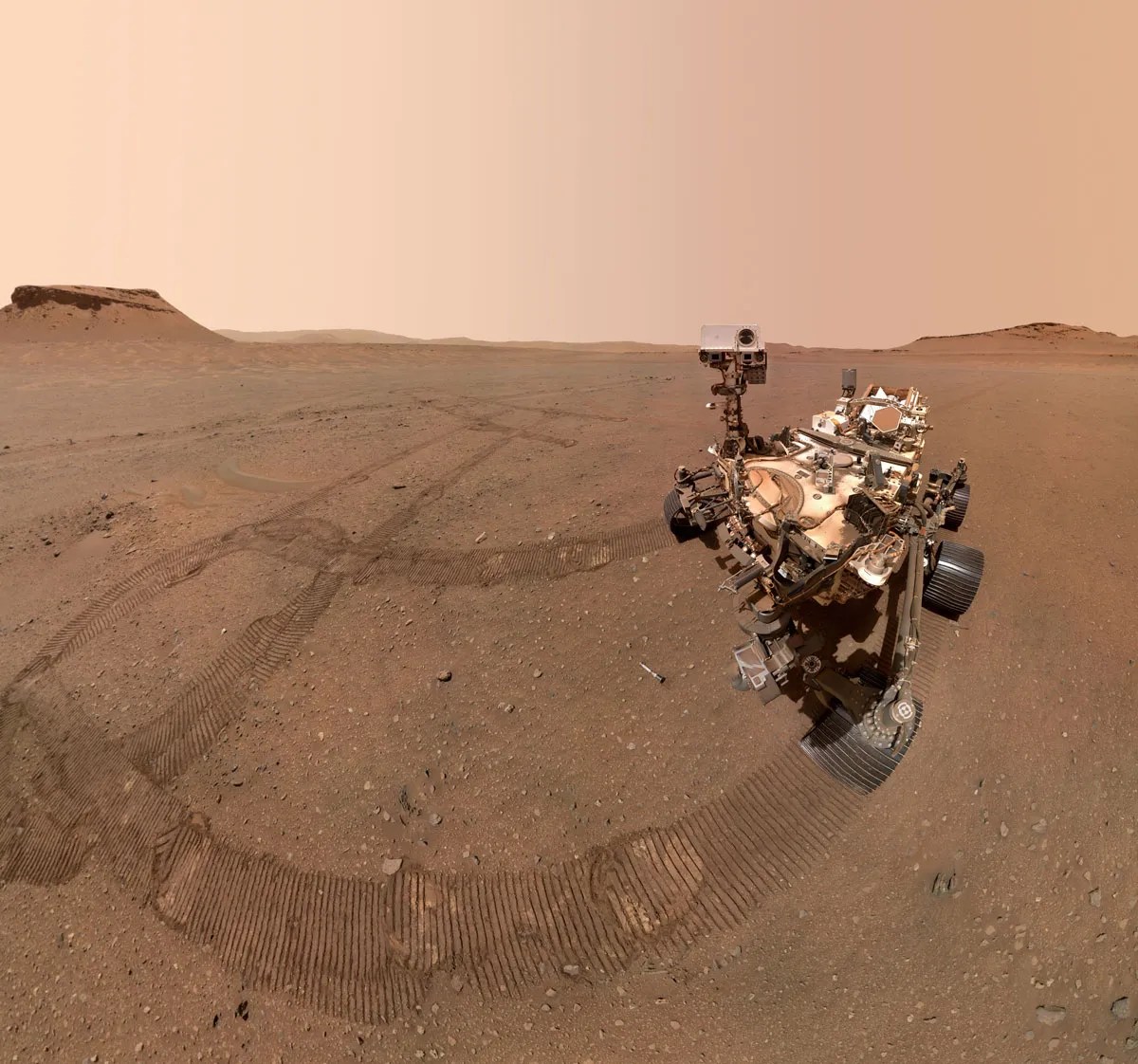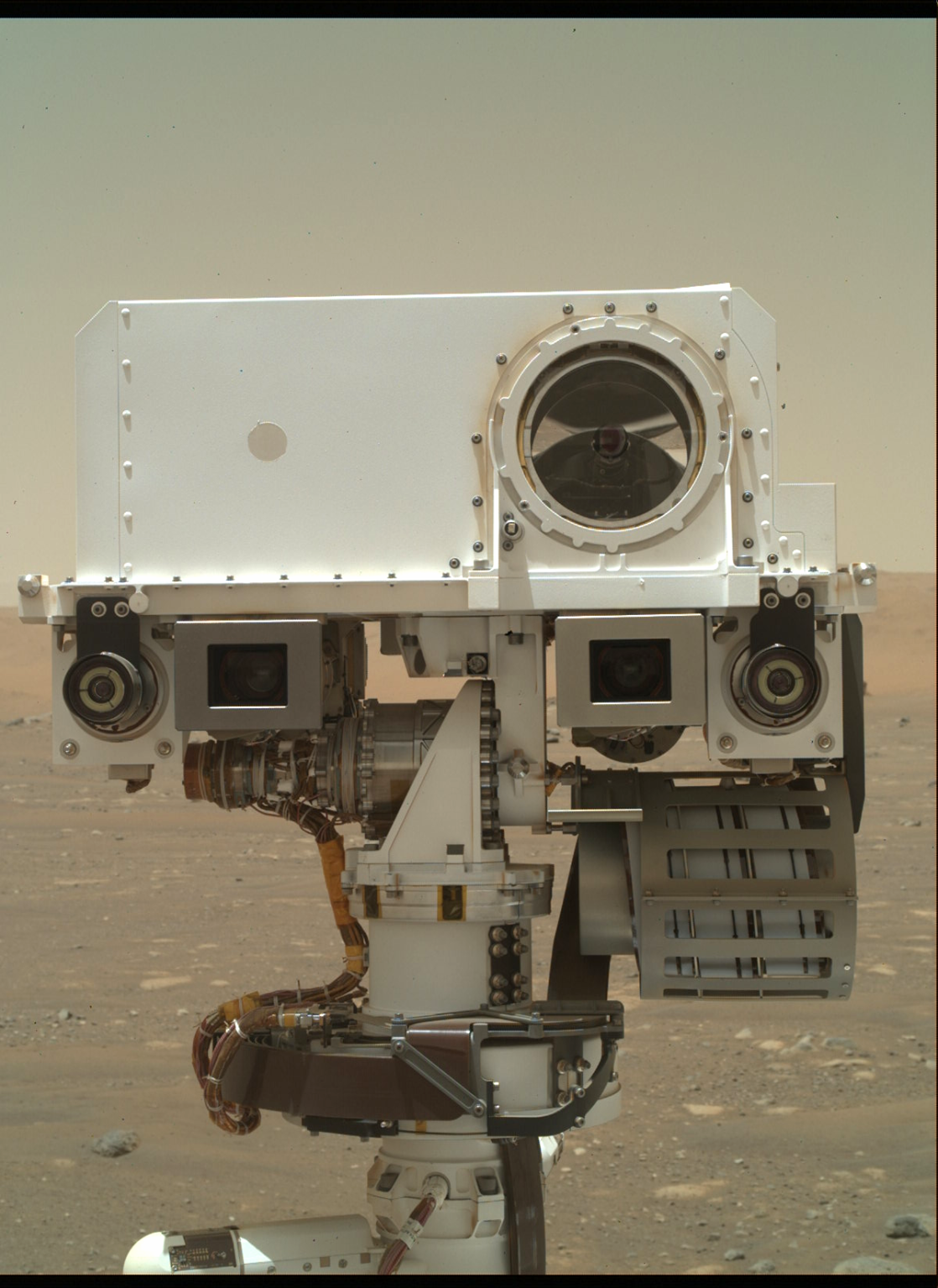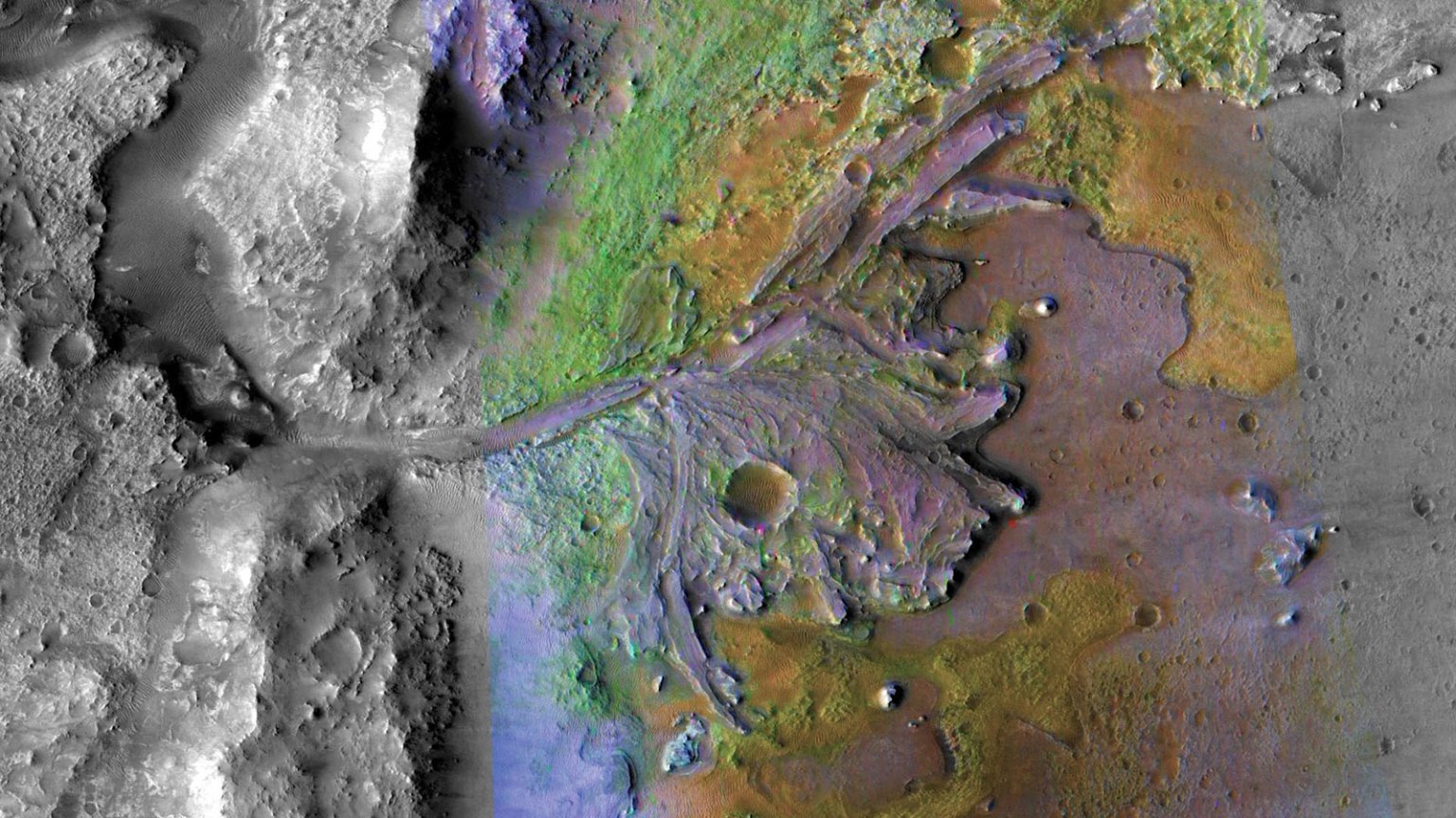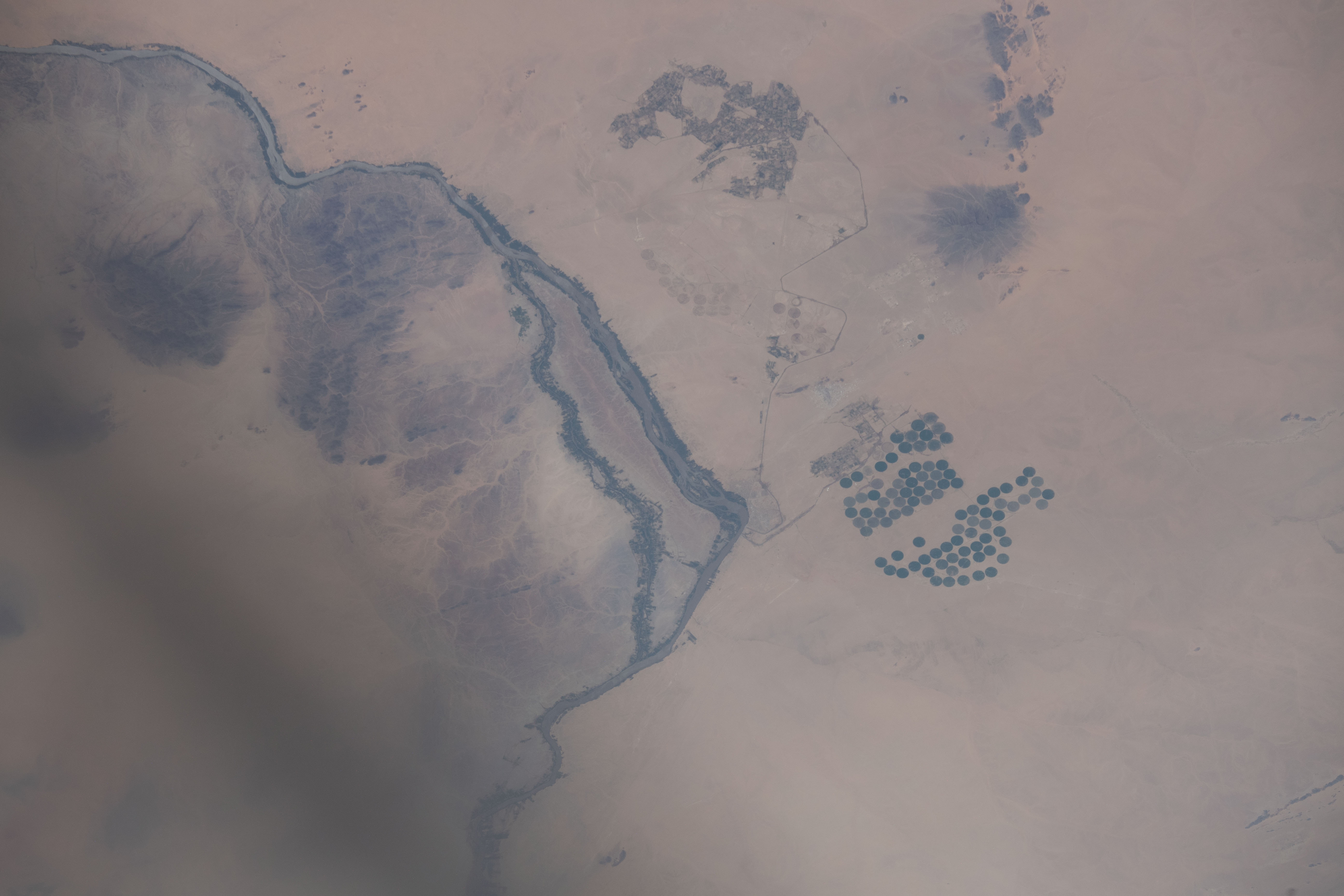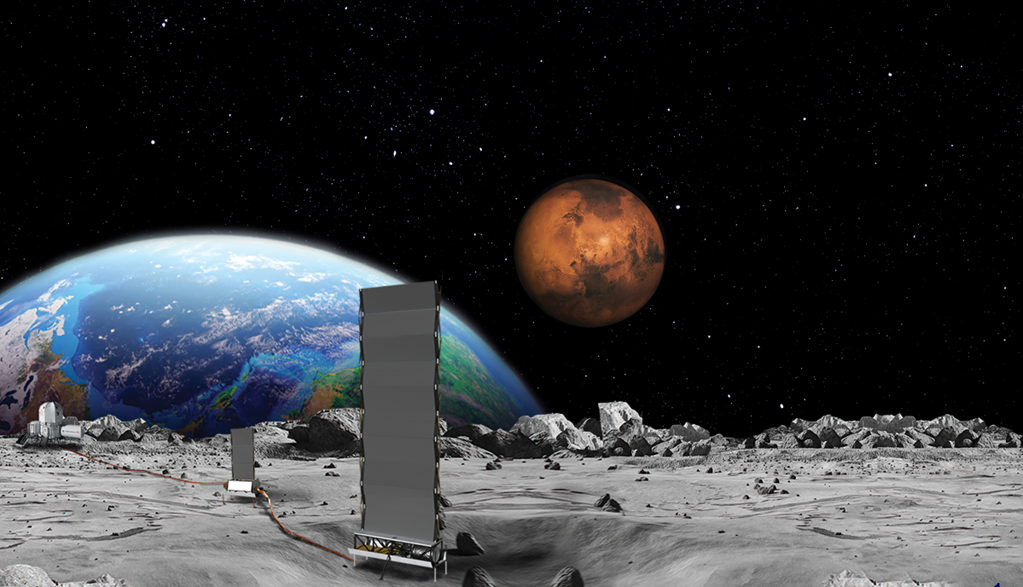Sols 4166-4167: A Garden Full of Rocks
Earth planning date: Wednesday April 24, 2024 Here on Earth (in Toronto, specifically), it’s a very typical April which can’t quite make up its mind about whether or not it wants to be spring. On Mars (in Gale Crater), we’re well into spring, and Curiosity is enjoying the (relatively) warmer weather. As the days get […]
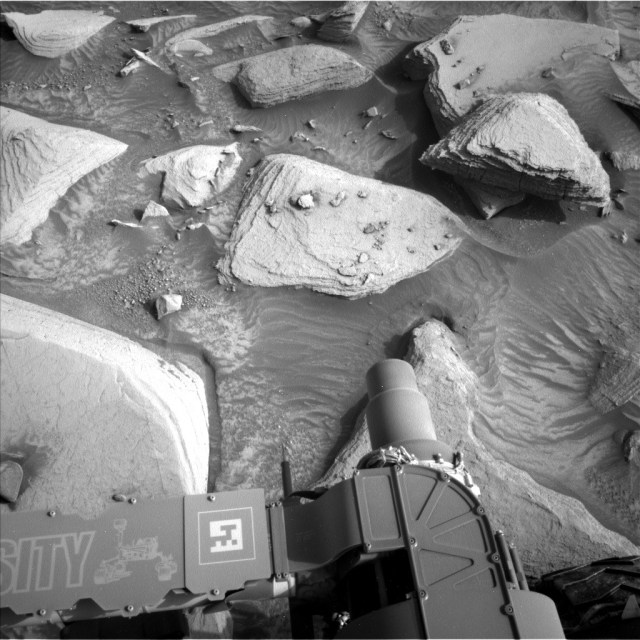
3 min read
Sols 4166-4167: A Garden Full of Rocks
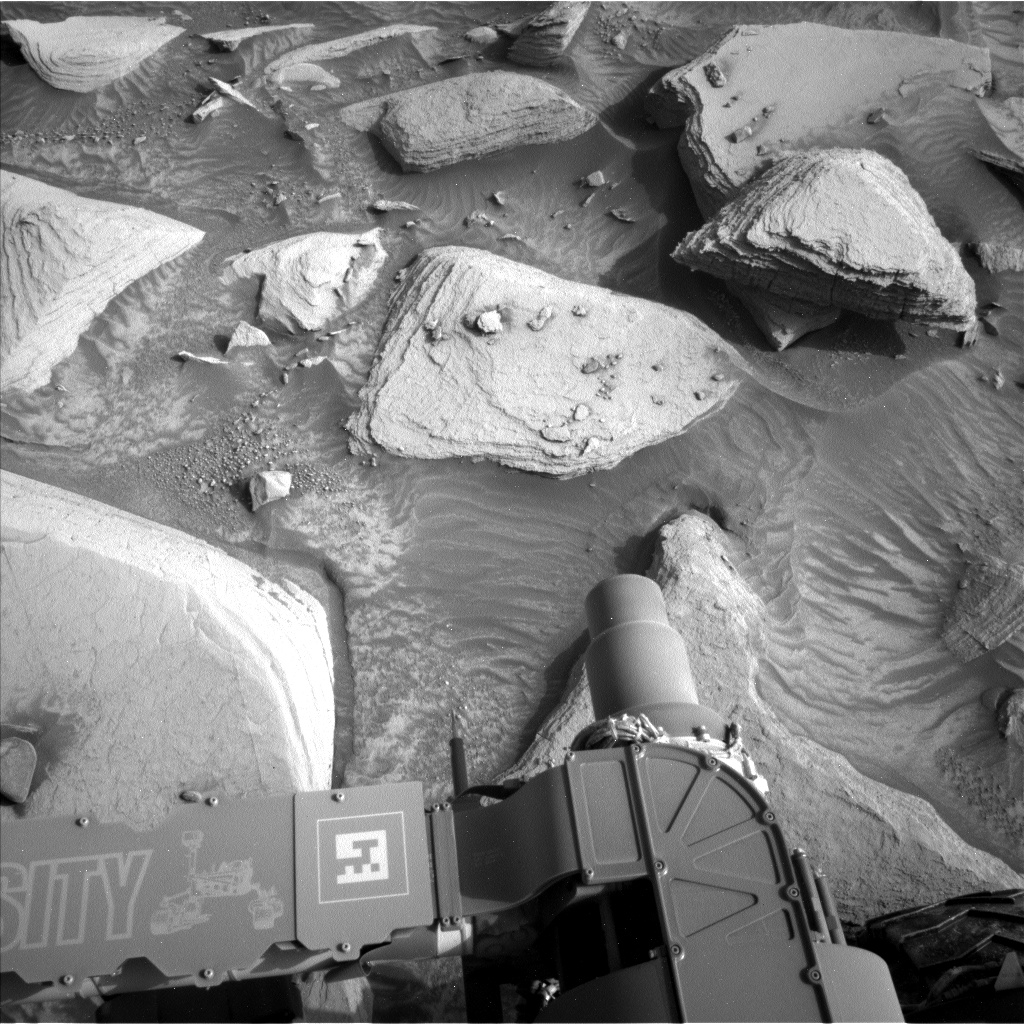
Earth planning date: Wednesday April 24, 2024
Here on Earth (in Toronto, specifically), it’s a very typical April which can’t quite make up its mind about whether or not it wants to be spring. On Mars (in Gale Crater), we’re well into spring, and Curiosity is enjoying the (relatively) warmer weather. As the days get longer and the weather gets warmer, I find myself with lots of energy, itching to get outside and play in my garden. Curiosity seems to feel similar – we’ve been flush with power recently, and today’s touch-and-go plan is no exception. This means lots of opportunity for Curiosity to play in its own kind of garden – albeit one a bit less green than my own.
The first sol of the plan starts with contact science on ‘Twin Peaks,’ which is a small, darker block on top of a lighter block (which you can see the edge of in the image above). This is followed by a two hour long science block packed full of ChemCam and Mastcam observations. ChemCam is starting up close with LIBS on ‘Gilber Lake’ (in the centre of the image above) followed by two long distance mosaics of our long-time companions, the upper Gediz Vallis Ridge and Kukenan. Mastcam has its own mosaic of Pinnacle Ridge and then turns its sights to two closer blocks – ‘Hawk’s Head Notch’ and ‘Cleaver Notch.’ We’re then back for more contact science – this time with MAHLI – before driving on towards Pinnacle Ridge. It’s a geology-heavy sol, but the atmosphere and environment science theme group (ENV) will sneak in to take a tau measurement at the end of the sol to keep an eye on the changing atmospheric dust.
As is often the case in these kinds of plans, the second sol is a bit more sedate, but Curiosity will still manage to squeeze in nearly an hour and a half of science. Most of this is given over to environmental monitoring. Because we don’t need to be in a certain location to check out dust and clouds, we can let the geology and minerology science theme group (GEO) have their fun before the drive and save our observations for the ‘untargeted’ portion of the plan. On the dusty side of things, we have another tau as well as a line of sight scan towards the crater rim. A long dust devil movie will look out for dust lifting in the middle distance, and a deck monitoring observation will check out how dust grains on the rover’s deck might have moved. We’re also looking north above the horizon for clouds. GEO isn’t entirely left out of this sol though – they’ll wrap up the plan with a ChemCam AEGIS observation.
Written by Alex Innanen, Atmospheric Scientist at York University
Share
Details
Related Terms
What's Your Reaction?



















